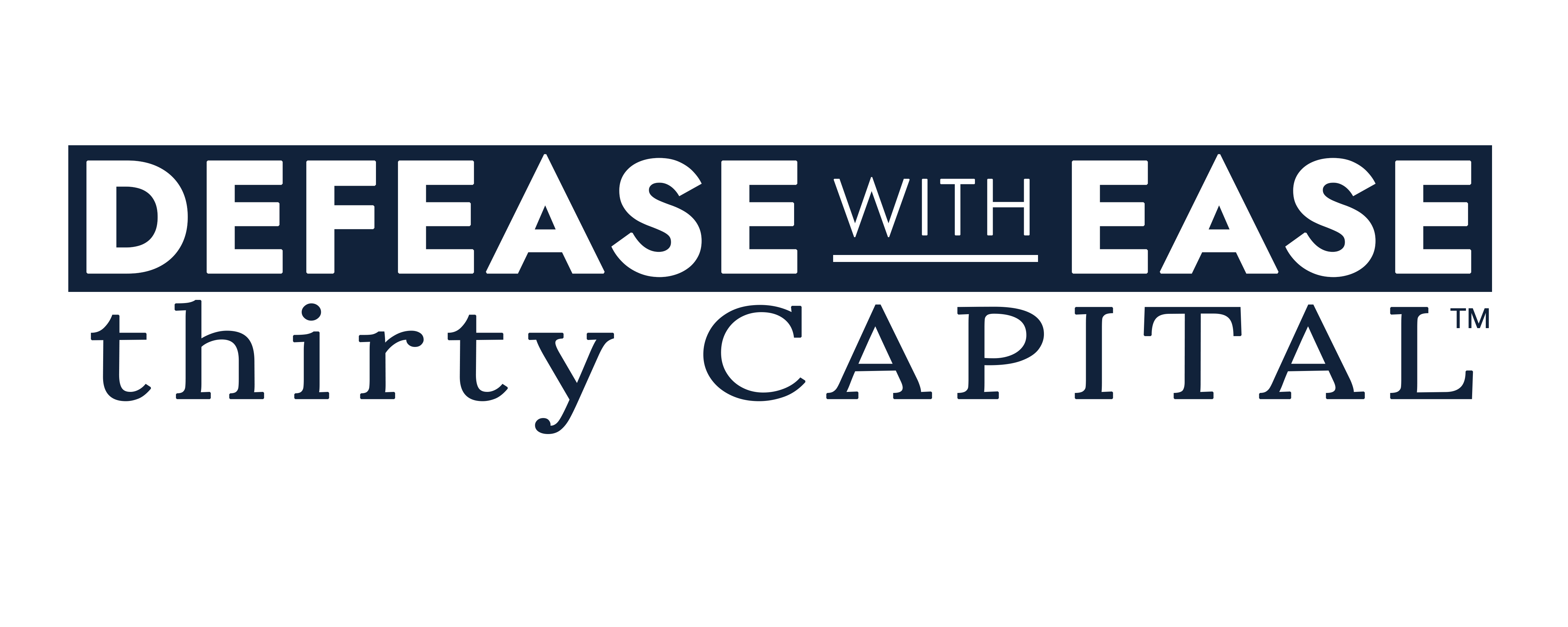Capitalization rates, commonly referred to as cap rates, play a crucial role in determining property values and influencing financing terms. As cap rates rise, property valuations shift, impacting investment strategies and debt structures. This blog explores the relationship between cap rates, debt costs, and financing structures, examining how rising cap rates affect loan terms, refinancing options, and overall investment returns. Commercial real estate (CRE) professionals must understand these changes to navigate market fluctuations strategically.
Understanding Cap Rates and Their Relationship to Debt
Cap rates are a fundamental metric for evaluating the potential return on investment (ROI) for CRE properties. Calculated by dividing a property’s net operating income (NOI) by its market value or purchase price, cap rates reflect both return expectations and risk perceptions. Generally, higher cap rates indicate greater perceived risk, requiring owners/operators and decision-makers to adjust their financial strategies accordingly.
When cap rates rise, property values decline. This inverse relationship can significantly affect financing structures. Lower valuations lead to stricter lending conditions, impacting loan-to-value (LTV) ratios, debt availability, and interest rates. Understanding these financial dynamics is important for CRE professionals aiming to optimize leverage while managing risk in shifting market conditions.
The Impact on Debt Strategies
As property values fall due to rising cap rates, debt strategies must evolve to maintain financial stability. CRE professionals should consider key factors, such as LTV ratio adjustments, increased debt service costs, and refinancing challenges, when structuring their financing plans.
Loan-to-Value (LTV) Ratio Adjustments
The LTV ratio determines the amount of debt secured against a property. As values decline, LTV ratios decrease, leading lenders to adjust their financing terms. For instance, a property valued at $20 million with a 75% LTV ratio could secure $15 million in debt. However, if the value drops to $16.67 million, the maximum loan may be reduced to $12.5 million. This limits an owner/operator’s leverage, making acquisitions, refinancing, or renovations more difficult.
In response, owners/operators may need to increase equity contributions or explore alternative financing structures such as preferred equity or mezzanine debt to bridge funding gaps and maintain investment momentum.
Increased Debt Service Costs
Rising cap rates often coincide with increasing interest rates, driving up debt service costs. Borrowers with floating-rate loans may face higher monthly payments, straining cashflow and reducing operational flexibility. Floating rate borrowers should consider a hedging strategy to mitigate rising interest rates. Even fixed-rate loans can become more expensive, as lenders adjust pricing models to reflect market risk.
For example, an owner/operator with a $10 million loan at a 4% interest rate would pay $400,000 annually in debt service. If rates rise to 6%, the annual cost increases to $600,000, placing significant financial pressure on asset performance. Proactively monitoring interest rate trends and refinancing into fixed-rate structures where feasible can help stabilize debt obligations and mitigate cashflow disruptions.
Refinancing Challenges
Declining property values due to rising cap rates can also create hurdles in refinancing. Lenders may be reluctant to refinance loans at previous terms, especially if an asset’s current valuation results in a “loan-to-value mismatch”. If a borrower’s existing debt exceeds the lender’s maximum approved amount, additional equity injections may be required to complete refinancing.
For instance, if a property’s value declines by 20%, the lender may approve only 70% of the new valuation. The borrower must then contribute more equity or accept higher financing costs to close the gap. In such cases, structured financing options, including subordinated debt or joint venture equity, can offer viable alternatives to traditional refinancing solutions.
Protecting Your Portfolio from Value Erosion
Mitigating the impact of rising cap rates requires proactive portfolio management and strategic debt structuring. CRE owners/operators should focus on diversification, early refinancing, and strong relationships with lenders to enhance financial resilience.
Diversify Your Portfolio: Owning a mix of asset types and properties across different geographic locations can help reduce exposure to localized market fluctuations. Diversification enhances portfolio stability and mitigates risks associated with declining values in specific asset classes or regions.
Refinance Early and Lock in Favorable Terms: Timing is critical in a rising cap rate environment. Owners/operators should consider refinancing before interest rate hikes erode borrowing power. Locking in fixed-rate financing while property values remain stable ensures more predictable debt service costs and reduces exposure to future rate volatility.
Strengthen Relationships with Lenders: Establishing strong lender relationships can provide greater flexibility during refinancing negotiations. Borrowers with a track record of prudent debt management may gain access to better terms, including extended loan maturities, interest-only periods, or tailored repayment structures.
Consider Structured Debt Solutions: When conventional debt options become restrictive, alternative financing solutions such as mezzanine loans, convertible debt, or preferred equity structures can enhance liquidity without requiring full asset divestment. These options enable owners/operators to maintain growth strategies while navigating challenging lending conditions.
Navigating the Impact of Rising Cap Rates
Rising cap rates presents significant challenges for commercial real estate owners/operators and decision-makers, affecting property valuations, borrowing capacity, and debt servicing costs. By understanding the interplay between cap rates and debt structures, CRE professionals can implement proactive financing strategies to protect their portfolios and optimize long-term returns.
Adapting to changing market conditions requires strategic planning, including refinancing at optimal times, strengthening lender relationships, and considering alternative debt solutions. By staying informed and adjusting financial structures accordingly, individuals can effectively manage the complexities of a rising cap rate environment and position their portfolios for continued success.
If you’re looking to explore options that can optimize your debt strategy in response to shifting cap rates, connect with Defease With Ease | Thirty Capital today. Our debt experts are ready to help you navigate market changes with confidence.


